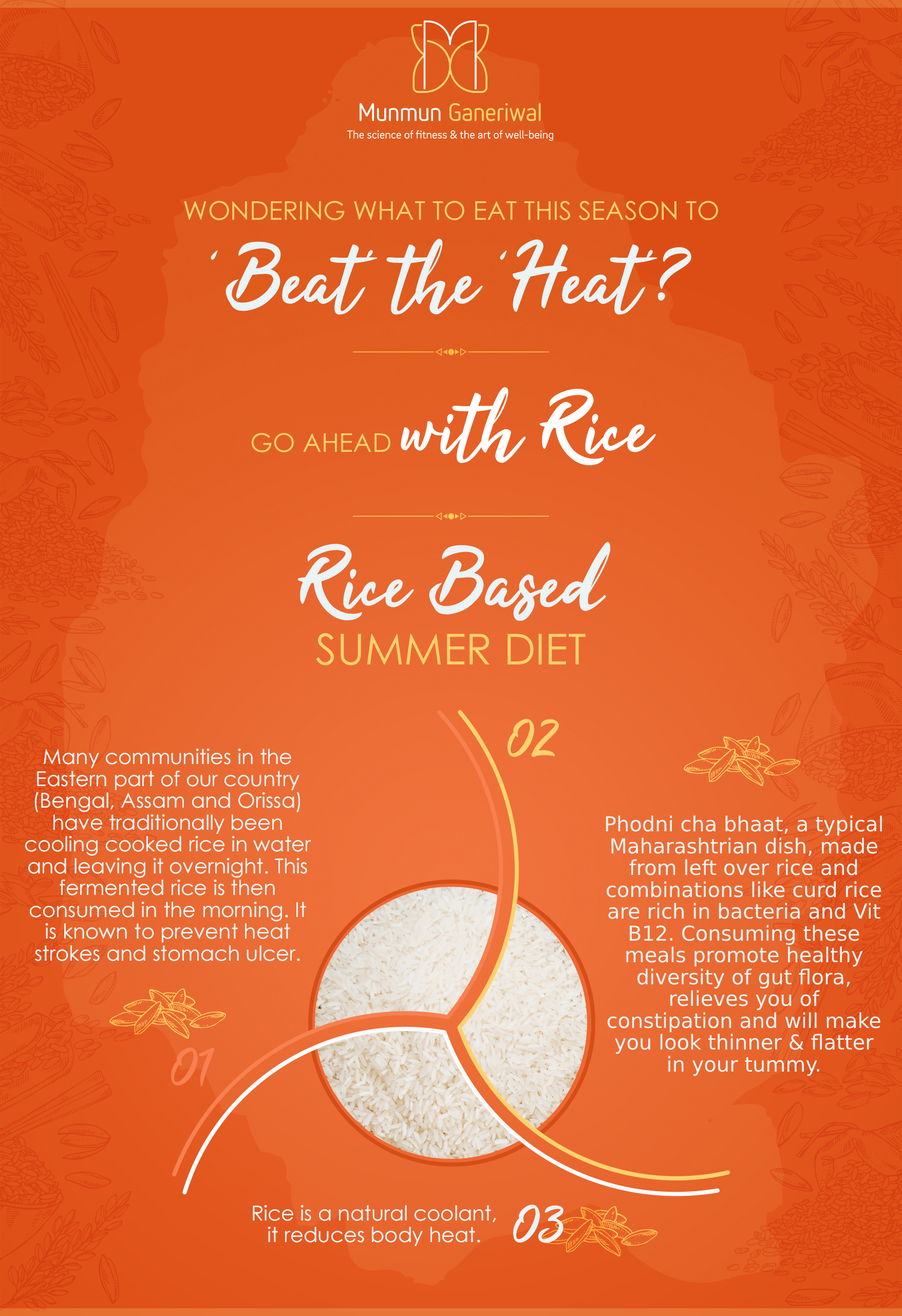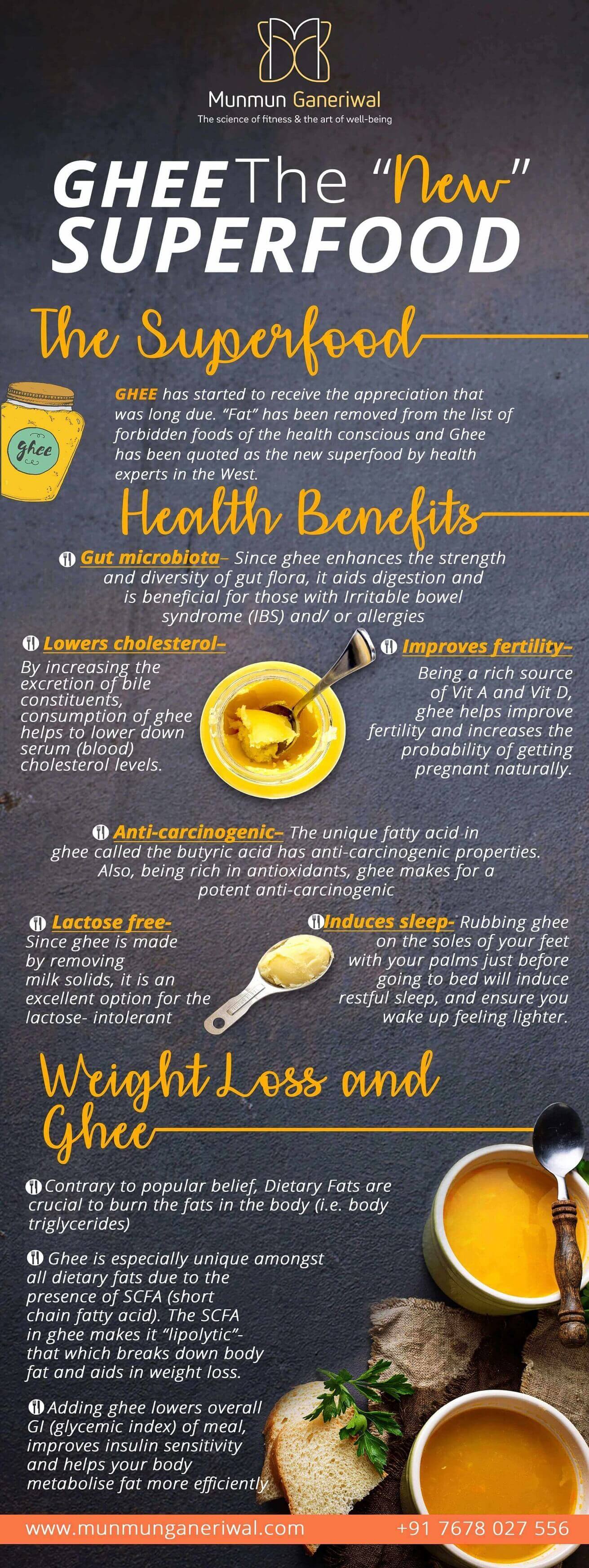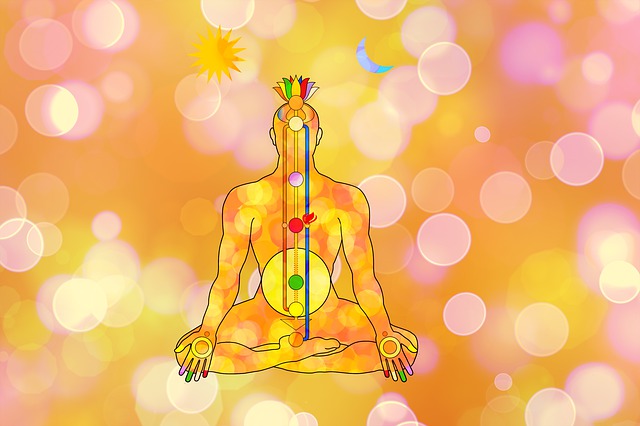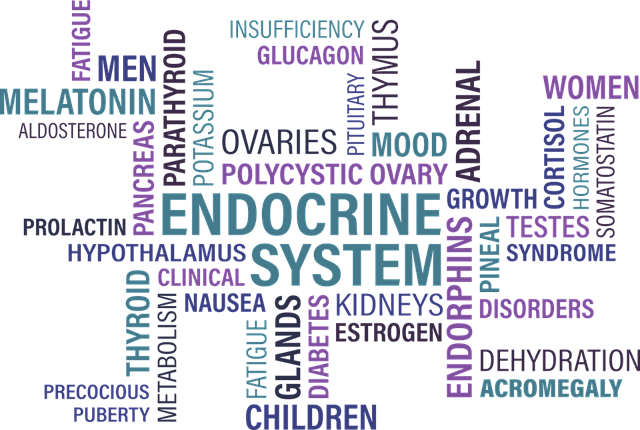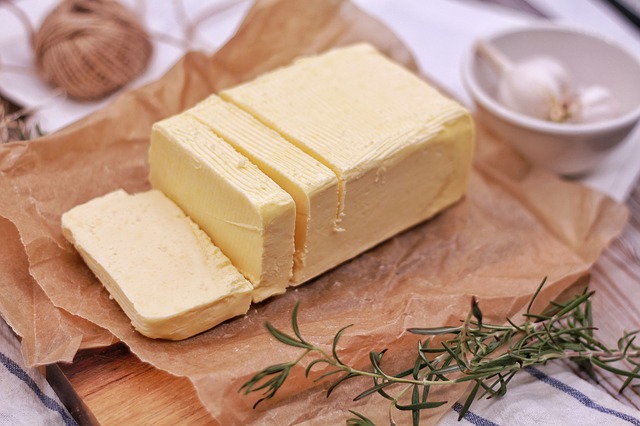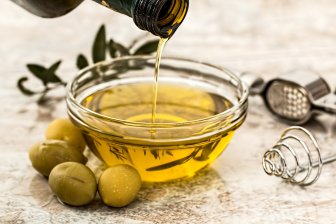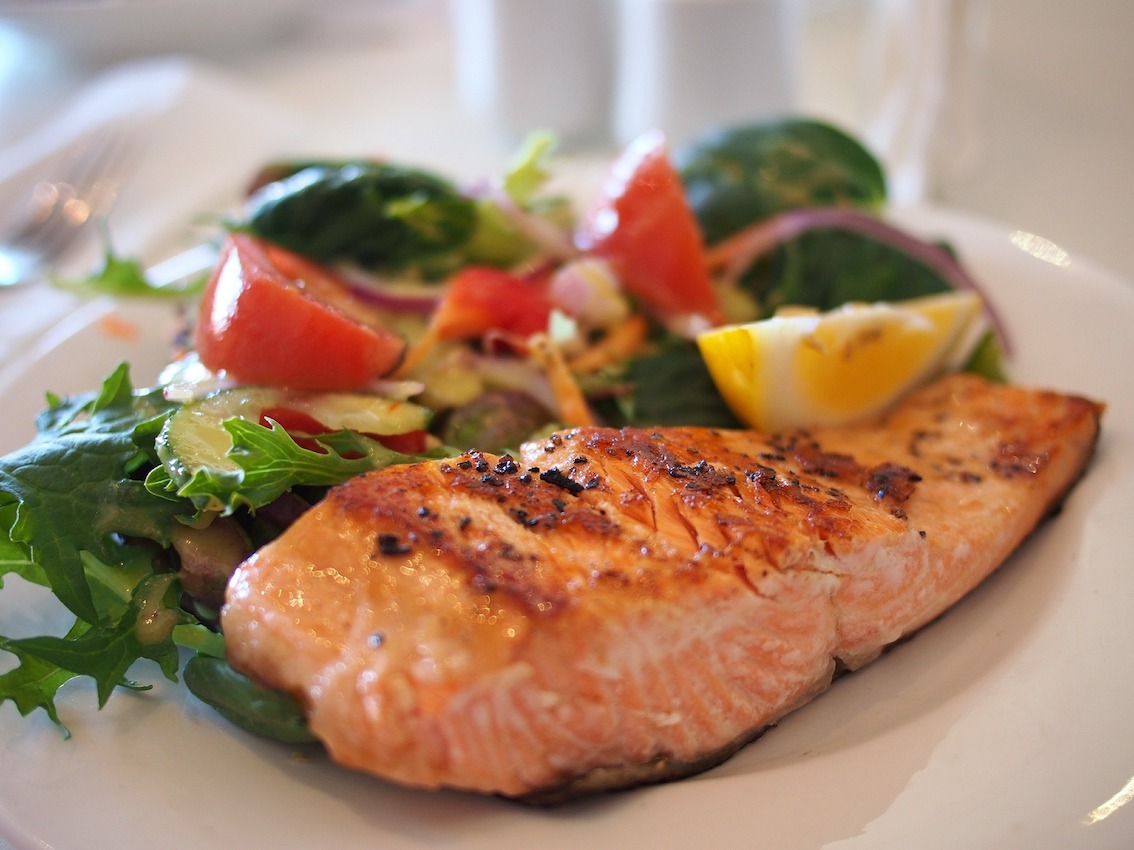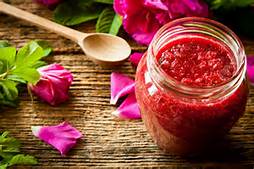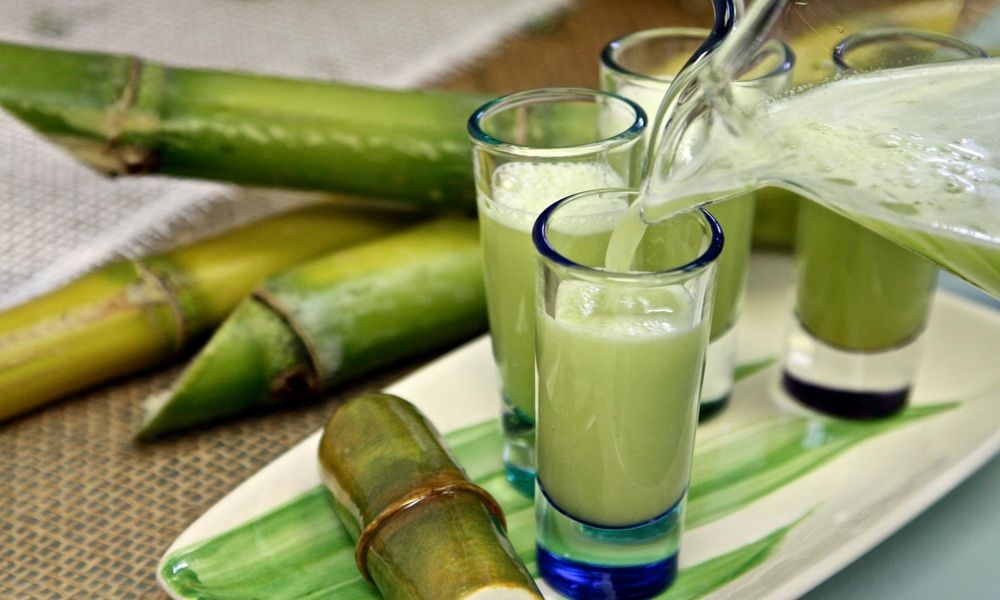Green tea has become synonymous to good health, diet, fitness and everything that comes under this huge umbrella of weight loss. First things first, both black and green tea come from the same plant. The difference is only in the way each is treated after being plucked, in terms of processing and oxidation.
THE HISTORY
India has always celebrated black tea for thousands of years. It has always been traditionally made with spices and herbs for centuries to cure illnesses of all kinds and degree. The first documented mention of tea consumption in India is in the Ramayana.
Green tea, on the other hand, is native to Japan and China.

IS GREEN TEA PRODUCED IN INDIA?
India has been commercially producing some of the worlds finest black teas since the 19th century. If the Darjeeling tea has been compared to the extraordinary wine from the champagne district of France, tea from Assam is known for its full bodied strength and that from Nilgiri for its fragrance.
Its only recently, may be ten years or so, that these popular growing regions have started processing green tea as well, more driven by its popularity and demand from the consumers.
The amount of green tea produced in India is only 10% of the black which is not a lot especially if you compare it with the Japanese and Chinese cultivation of green tea.

THE TEA ECONOMY
Since several years together, it was the Indian black tea that was considered the finest by the rest of the world for its great taste and flavour. Until a decade back, India was hence, the undisputed and largest exporter of tea in the world. The gradual growing belief that drinking green tea has detox and weight loss benefits has been mostly pushed by green tea companies in Japan and China to reap profits in foreign markets. Resulting which, from rank one, we now rank four as world tea exporters.
HOW TRUE ARE THESE HEALTH CLAIMS?
Let’s get to know the facts one by one
Myth 1 Only green tea has antioxidants with ‘detox’ properties
If green tea has antioxidants and flavonoids, so does black. In each case, oxidation or non oxidation gives the tea a different set of antioxidant compounds. Research says that if Catechin and Kaempferol are Antioxidants in green tea, then Quercetin and Theaflavins in black tea are equally effective antioxidants.
Catechin and Kaempferol – Antioxidants in green tea
Equally effective
Quercetin and Theaflavins- Antioxidants in black tea
– Research by American Society for Nutrition & NCBI, U.S

Myth 2 The Low caffeine content in green tea makes it healthier
Well, the fact is that Tea, whether black or green, is naturally low in caffeine
Myth 3 They say that Green tea helps in Weight loss
“Seeing is believing” but not always. One such example is Green tea and it’s health claims.
As a matter of fact, Tea, whether green or black, is only 1 calorie per 100 ml of serving. Moreover, the USFDA has time and again rejected green tea health claims. This is what it says-
US FDA – “There is no credible scientific evidence to support qualified health claims about consumption of green tea or green tea extract”
Not long time ago, ads on TV talked about the colour, strength and fragrance to sell their tea and not promoted it as a “detox” or a “weight loss” agent. Instead of thin, skinny girls representing as brand ambassadors, tabla or sitar maestros having chai were seen, driving the point that the culture of having masala chai in India is as old and rich as ‘Sangeet’ itself.
Let’s get together and celebrate this age old culture instead of brushing it under the carpet in the name of weight loss. Chai anyone?
Confused by the misinformation about potential health problems with traditional Indian foods? Get in touch with award-winning Mumbai dietitian and nutritionist, Munmun Ganeriwal, a strong advocate of the holistic, wellness benefits of fresh, local, and traditional Indian foods





